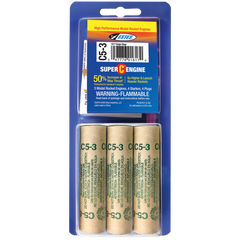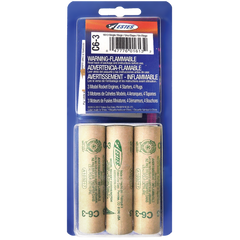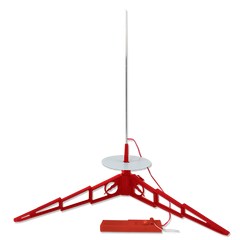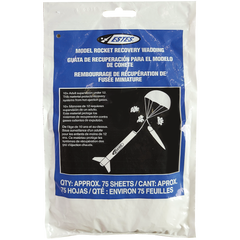Estes Porta-Pad II Launch Pad and Electron Beam Launch Controller, Estes model rocket engines, starters and recovery wadding.
Four 1.5V high quality AA alkaline batteries (sold separately)
What You Need to Fly
C5-3, C6-3
Porta-Pad II
250 ft. (76 m)
18 in. (45.7 cm) Parachute
12.7 in. (32.3 cm)
1.64 in. (42 mm)
3 oz. (85 g)
Molded Plastic
Pencil, plastic cement and masking tape.






